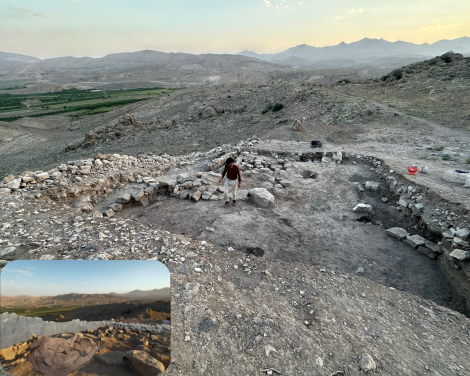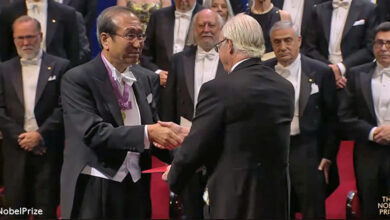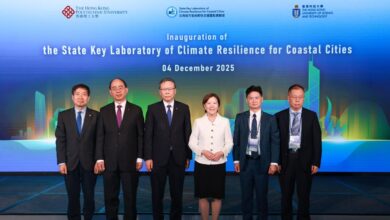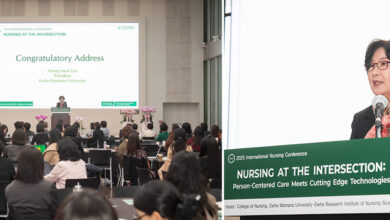HKU Scholars Harness 3D Technology to Transform Archaeological Research and Document Human History

Scholars at the University of Hong Kong (HKU) have announced research focusing on the application of 3D immersive technologies in archaeology, aiming to enhance the documentation and excavation processes at ancient sites. This initiative seeks to modernize the methods through which archaeologists engage with artifacts and ancient structures.
Enhancing Archaeological Research
Archaeological research often involves the excavation of artifacts including architecture, pottery, and animal remains. While digital 3D models have been increasingly created for various excavation projects, their effective use in fieldwork remains limited. The HKU research team intends to bridge this gap by employing Mixed Reality (MR) and Augmented Reality (AR) technologies during excavations.
Application of Mixed and Augmented Reality
The use of MR headsets allows users to simultaneously view the physical site and virtual models, promoting an integrated approach to handling both real-world and digital data. Technologies such as the Microsoft HoloLens 2 and Meta Quest Pro are being utilized to improve the excavation process, offering archaeologists the ability to visualize the placement of artifacts in their original contexts. Additionally, AR smart glasses facilitate hands-free data recording, enabling researchers to document findings without disrupting excavation activities.
Field Project in Armenia
Currently, the research team is applying these technologies in a field project located in Armenia, particularly in the Vedi River Valley. Professor Peter J. Cobb, a member of the archaeological team, noted that the utilization of MR during excavations can support decision-making regarding excavation strategies by allowing comparison of previously excavated architectural sections.
Innovations in Archaeology
Leading this project, PhD candidate Hayk Azizbekyan remarked that the application of MR and AR headsets in active excavations is unprecedented within the field of archaeology. He identified these advancements as significant innovations that contribute to new methodologies for the study and preservation of cultural heritage.
3D Scanned Pottery Analysis
The team is also leveraging MR technology to analyze 3D scanned fragments of pottery, thereby enhancing understanding of artifacts that are typically difficult to access in museum settings. The research anticipates future enhancements in artificial intelligence to aid in the classification and comparison of pottery fragments.
Publication and Peer-Review Challenges
The findings from this research were recently published in the *Journal of Computer Applications in Archaeology (JCAA)*, a notable publication in the field. Professor Cobb acknowledged the challenges faced during the peer-review process, reflecting the innovative aspects of their work.
Interdisciplinary Collaboration
This initiative is part of a broader interdisciplinary collaboration that combines humanities and engineering disciplines, with contributions from engineers at HKU’s Tam Wing Fan Innovation Wing. Recognizing existing limitations within MR/AR technologies, the team is also in the process of developing custom smart glasses for future applications.
Ararat Plain Southeast Archaeological Project
Central to this research is the Ararat Plain Southeast Archaeological Project (APSAP), conducted in partnership with Armenia’s Institute of Archaeology and Ethnography of the National Academy of Sciences. The APSAP focuses on the Vedi Fortress, utilizing advanced technologies to discover new archaeological sites and creating educational opportunities for HKU students through international fieldwork.
Additional Information
Further details regarding this research can be found in the published article in the *Journal of Computer Applications in Archaeology*, and a video showcasing the APSAP project’s initiatives in 3D archaeology and educational research is also available. Media inquiries regarding this research can be directed to Professor Peter J. Cobb at the HKU Faculty of Arts.
(Source: University of Hong Kong)




